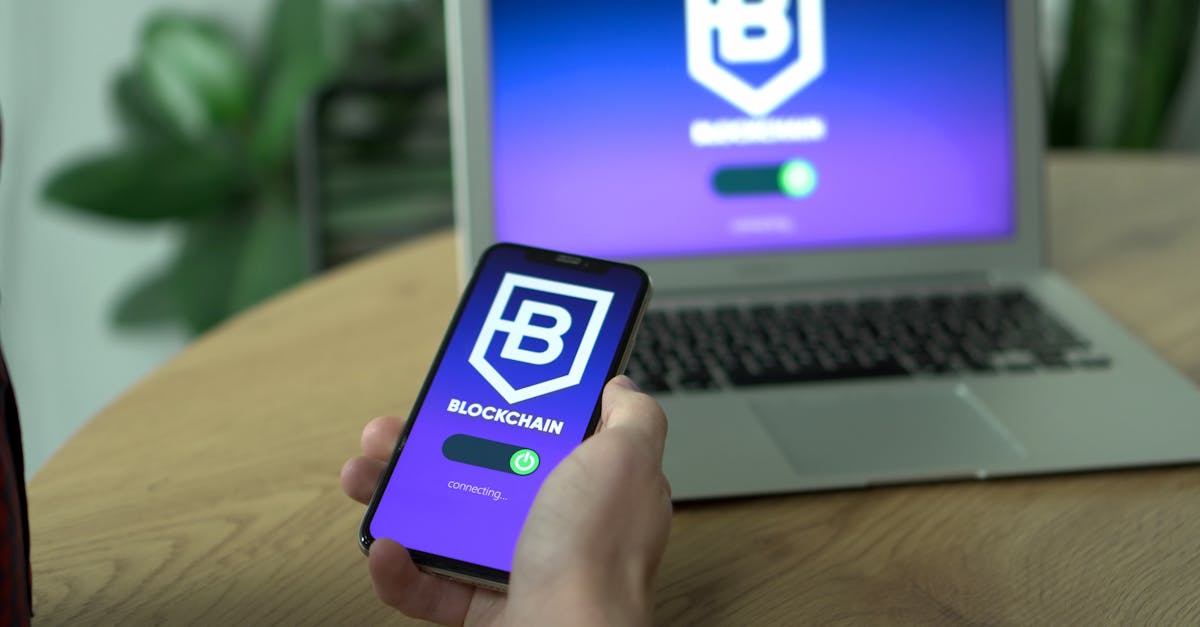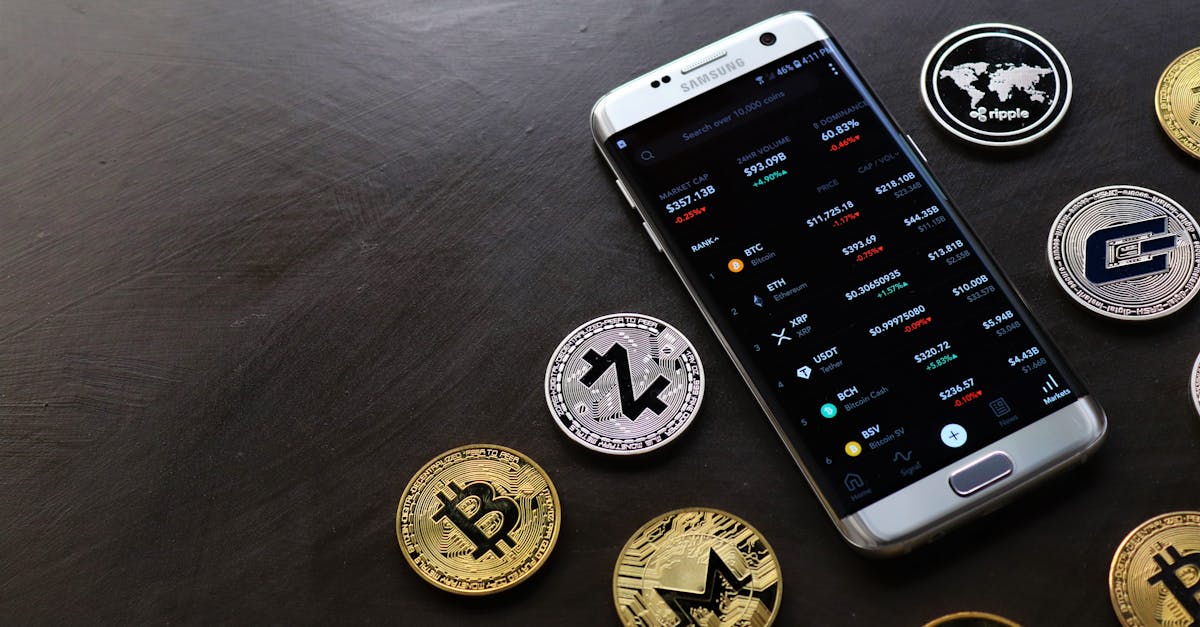Navigating the Evolution of Mobile Payments in 2024
Introduction
In 2024, mobile payments continue to revolutionize the way we conduct transactions, offering speed, convenience, and security at our fingertips. This evolution is driven by innovations that include digital wallets, contactless payments, and integrated financial services. With a smartphone in nearly every pocket, mobile payments are becoming the standard for everyday transactions, from buying coffee to paying bills. But how did this transition occur, and what does the future hold for this burgeoning technology? The rise of mobile payments is also reshaping commerce and banking landscapes, fostering an ecosystem of new financial products. As cashless societies gain momentum, understanding the intricacies of mobile payment evolution becomes essential for consumers and businesses alike.
Advertisement
The Rise of Digital Wallets
The advent of digital wallets has been a game-changer in the evolution of mobile payments. Offering users the convenience of storing credit and debit cards, loyalty cards, and even coupons in one place, apps like Apple Pay, Google Wallet, and Samsung Pay have paved the way for a seamless payment experience. With enhanced security measures such as tokenization and biometric authentication, digital wallets offer a compelling alternative to physical cards. As user adoption skyrockets, these wallets are no longer limited to electronic payments—they are becoming comprehensive financial management tools. Users can send money to friends, manage their finances, and receive promotional offers, all while maintaining high levels of security.
Advertisement
Contactless Payments Take Center Stage
In the post-pandemic era, contactless payments have surged in popularity due to their hygiene advantage and convenience. Utilizing Near Field Communication (NFC) technology, these payments allow consumers to tap their mobile devices or contactless cards against a terminal to complete a purchase. Retailers have quickly adapted, embracing contactless technology to ensure swift and secure transactions, significantly enhancing the customer experience at checkout. As more merchants integrate this technology, consumers are becoming accustomed to—and even expecting—the option. Furthermore, as the technology matures, it is becoming more common for public transportation systems and event venues to utilize contactless payment solutions, broadening their everyday utility.
Advertisement
Innovation Through Integrated Financial Services
The evolution of mobile payments is not just about new ways to pay; it's about creating comprehensive ecosystems that integrate various financial services. Companies like Airbnb and Uber have effectively used the innovation of mobile payments to streamline their service offerings, integrating payment solutions within their platforms. Additionally, financial technology, or fintech, companies are leveraging mobile payment systems to offer services like microloans, investment options, and wealth management. These integrated services provide value-added customer experiences, enabling consumers to conduct more financial activities through their mobile devices, contributing to the growing trend of financial inclusion. The push towards integrated services continues to gain traction, enticing a new generation of tech-savvy consumers.
Advertisement
Fostering Financial Inclusion
The broadening availability of mobile payment solutions plays a crucial role in advancing financial inclusion. By providing access to financial services through just a smartphone, mobile payments have opened new doors in underserved communities, particularly in developing countries. The ability to send and receive money, secure savings, and access credit without traditional banking infrastructure has revolutionized how people manage their finances. Additionally, partnerships between mobile service providers and fintech companies continue to emerge, offering more diverse and targeted financial solutions, further narrowing the inclusion gap. This democratization of financial resources is breaking barriers, allowing more people worldwide to participate in economic activities at a level previously unattainable.
Advertisement
Challenges and Security
While mobile payments offer numerous benefits, they are not without challenges, with security being a primary concern for both consumers and providers. Despite strong security measures like encryption and biometric authentication, the potential for data breaches and fraud remains a worry. Regulatory compliance also poses challenges, as companies must adhere to varying legal frameworks globally. Additionally, technological disparities across different regions can limit access or create inconsistency in service quality. As technology evolves, providers must continuously invest in stronger cybersecurity measures, and regulatory bodies need to establish consistent policies to foster trust and ensure the safety of mobile transactions.
Advertisement
Impact on Retail and Commerce
Businesses worldwide are witnessing the transformative impact of mobile payments on retail dynamics. Mobile payments enable a faster, more streamlined transaction process that fits the demands of the modern consumer. With reduced checkout times and fewer abandoned shopping carts, retailers can enhance customer satisfaction and drive sales. Furthermore, mobile payments facilitate better data collection, allowing businesses to gain insights into consumer behavior and personalize marketing strategies. This technological evolution is also fueling the omnichannel retail approach, blending physical and digital shopping experiences, ensuring consumers have more ways to interact with brands.
Advertisement
The Role of Cryptocurrency
Cryptocurrencies are gradually becoming an integral part of the mobile payment ecosystem. Their decentralized nature and potential for low-cost international transfers make them appealing for cross-border transactions. Some payment platforms are starting to offer integrations with cryptocurrencies, giving users more flexibility in how they manage their finances. While regulatory challenges and market volatility remain issues, the growing interest in blockchain technology suggests cryptocurrencies could play a significant role in the future of mobile payments. As more individuals invest and trade using cryptocurrencies, mobile wallets may adapt to accommodate this growing trend, further solidifying the intersection between traditional and digital finance.
Advertisement
Future Trends to Watch
As we look toward the future, several trends are shaping the evolution of mobile payments. Artificial intelligence (AI) and machine learning are set to enhance transaction speed, accuracy, and security. Furthermore, innovations such as biometric payments—using fingerprints, facial recognition, or even voice—could soon become the norm, offering unparalleled security and convenience. The Internet of Things (IoT) will also likely influence mobile payments, with smart home devices facilitating transactions autonomously. Additionally, partnerships between tech companies and financial institutions are expected to thrive, developing more sophisticated, user-friendly solutions. These advancements promise to further revolutionize the way we spend, save, and manage money, shaping the financial landscape for years to come.
Advertisement
Conclusion
The continued evolution of mobile payments in 2024 underscores the dynamic nature of technology and its profound impact on commerce and finance. As digital wallets, contactless payments, and integrated services continue to advance, they offer a glimpse into a future where managing money is effortless and inclusive. While challenges such as security and regulation remain, they also present opportunities for innovation and improvement. Ultimately, the trajectory of mobile payments is a testament to human ingenuity in harnessing technology to create a more accessible financial ecosystem. As consumers and businesses adapt, the benefits of this transformation will undoubtedly contribute to a more connected, cashless world.
Advertisement





